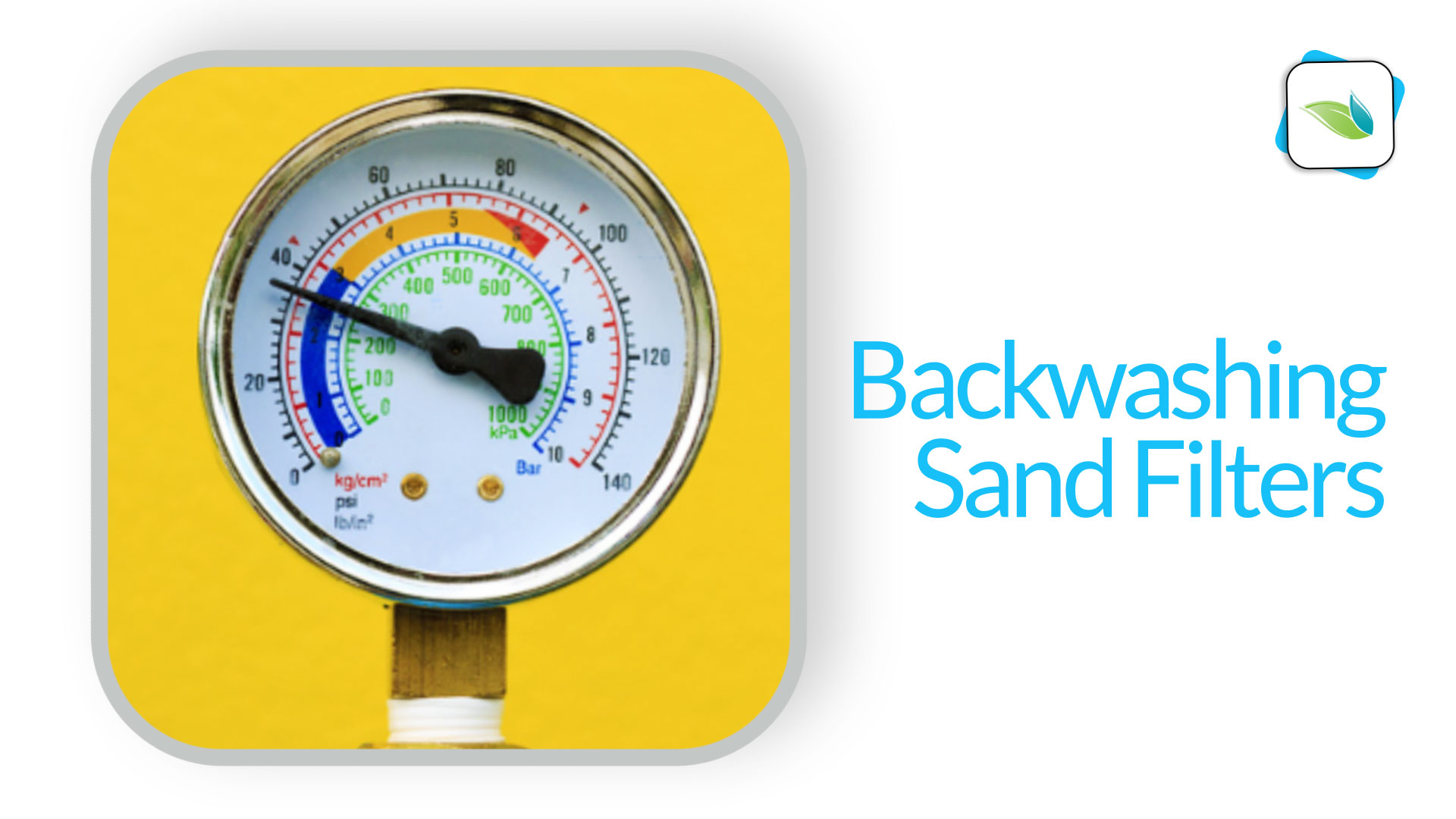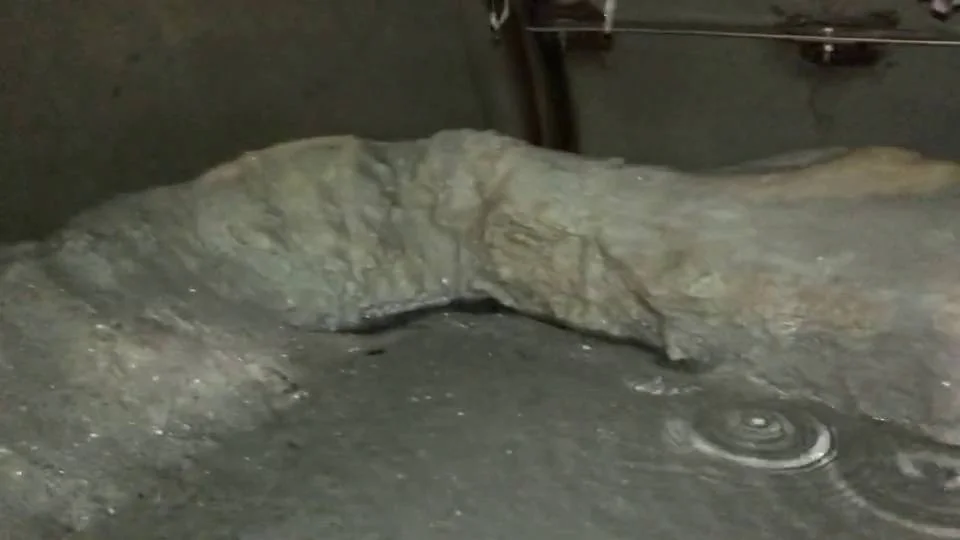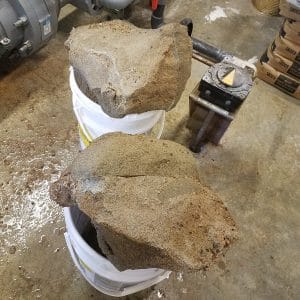Backwashing Sand Filters

What is Backwashing?
A stunning number of pool operators ask us about backwashing. Of all the topics in pool operation, one would think backwashing is fairly straight-forward. When the pressure in the filters gets to a certain point, backwash. Right? Well, as it turns out, that's not what pool operators—especially inexperienced ones—ask us. It's not about 'how' or 'when' to backwash. It's more like...
How to reduce filter pressure
High back-pressure in pool filters is the main indicator for backwashing in the first place, so it makes sense that this is the question we hear most often. It can be incredibly frustrating for pool operators to constantly deal with this climbing pressure, especially if they have not had the opportunity to open up a sand filter and feel what's inside it. Sure, CPO courses tell you what gets caught in the filter sand: all the nasties that fit through the strainer basket. But if you have not physically put your hand in the sand and felt around, it's hard to grasp [great pun, you're welcome] what this stuff feels like.
What we're talking about is non-living organic waste. It's grimy. It's slimy. It's sticky. It's usually clumps of hair, mixed with a greasy glob of nobody-even-knows-what-that-is. It's nasty, and it clogs up your filter sand. That's a big reason why your back-pressure continues to climb. Over time, enough of this sludge can create another problem in filters called channeling. Filter channeling is when pockets form in the sand bed to allow water to channel through faster, unfiltered. It causes an uneven distribution of water within the filter, and often a noticeable difference in filter pressure. Another contributor to filter sand channeling is a plating out of calcium carbonate, caused by a high LSI in the water.

If you're struggling to keep your filter sand pressure within a good range, another common mistake we see is vacuuming the pool through the filter line, as opposed to vacuuming to waste. When vacuuming the pool, it should bypass the sand filters and go straight to waste. It says so in the CPO manual, but you'd be surprised how often it doesn't happen.
When do I need to replace filter sand?
Like any component to a pool system, sand will eventually need to be replaced. Look up your filter manufacturer's info to see what they recommend. But don't be too hasty to decide your sand needs replacing. Perhaps breaking down the organic waste that clumps filter sand together could extend its useful life.
Is there an alternative to backwashing so much?

Yes. Address the cause of the problem, and your filter's back-pressure should decrease. Enzymes can break down the organic waste in the sand bed, freeing up surface area for water to pass through more efficiently. To get both organic waste and phosphates taken care of, Orenda's CV-700 is a great option.
If the problem is channeling, addressing calcium hardness is another good place to start. SC-1000 can help bring calcium back into solution to soften the calcification (if that's the problem you're facing). If you have a calcium phosphate problem with your filter, it will take much more time...calcium phosphate hardens like concrete in a pool filter.
Calcium phosphate can harden in sand filters,
making it almost like concrete. Hard to believe, but real.
Does backwashing damage the filters over time?
Over-backwashing certainly wastes a lot of valuable water. Some filter manufacturers also say it can cause damage to the laterals over time, which makes sense. Orenda doesn't make filters, so we are not experts on this topic. Contact your filter's manufacturer or read their website to learn more.
